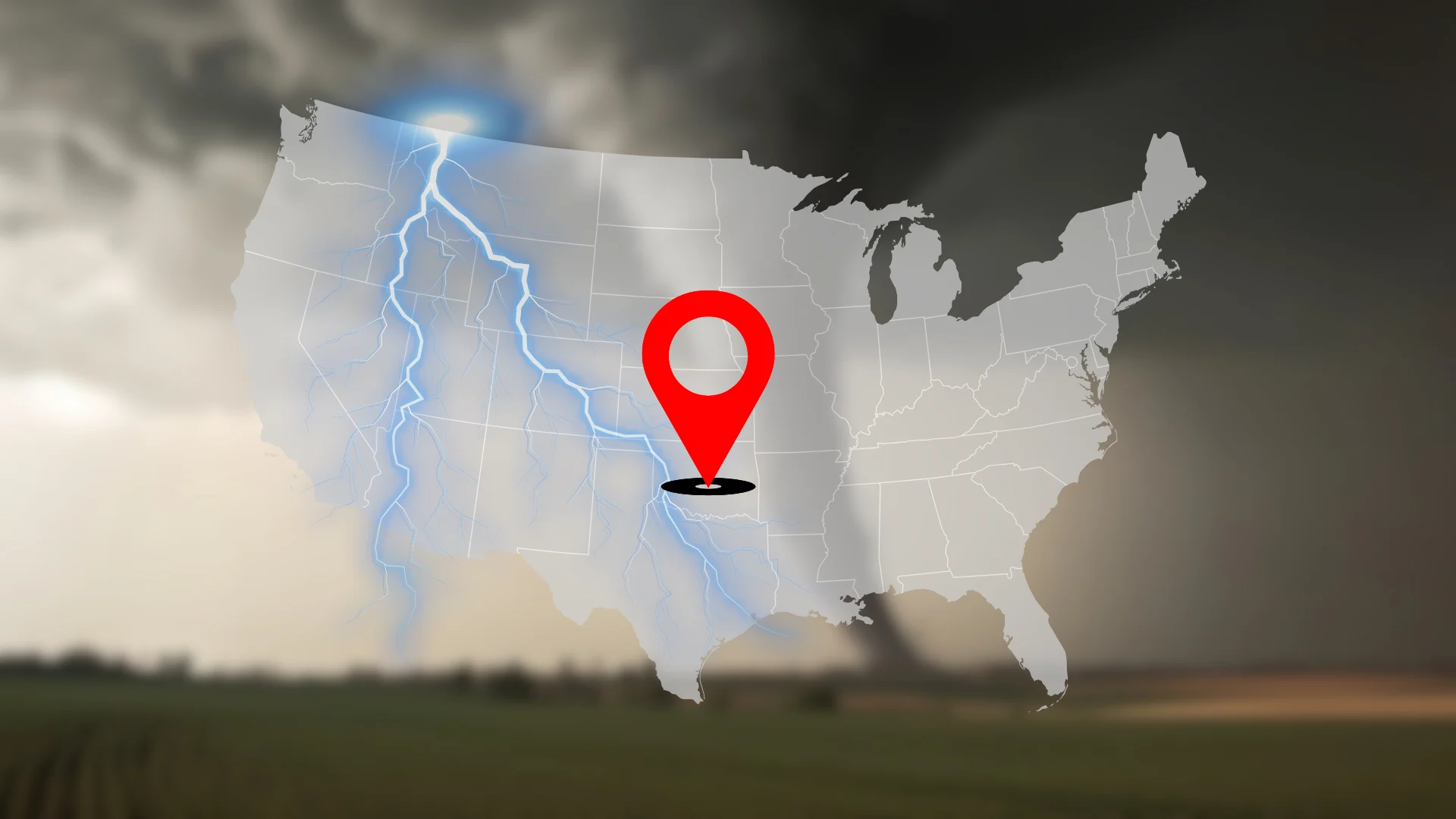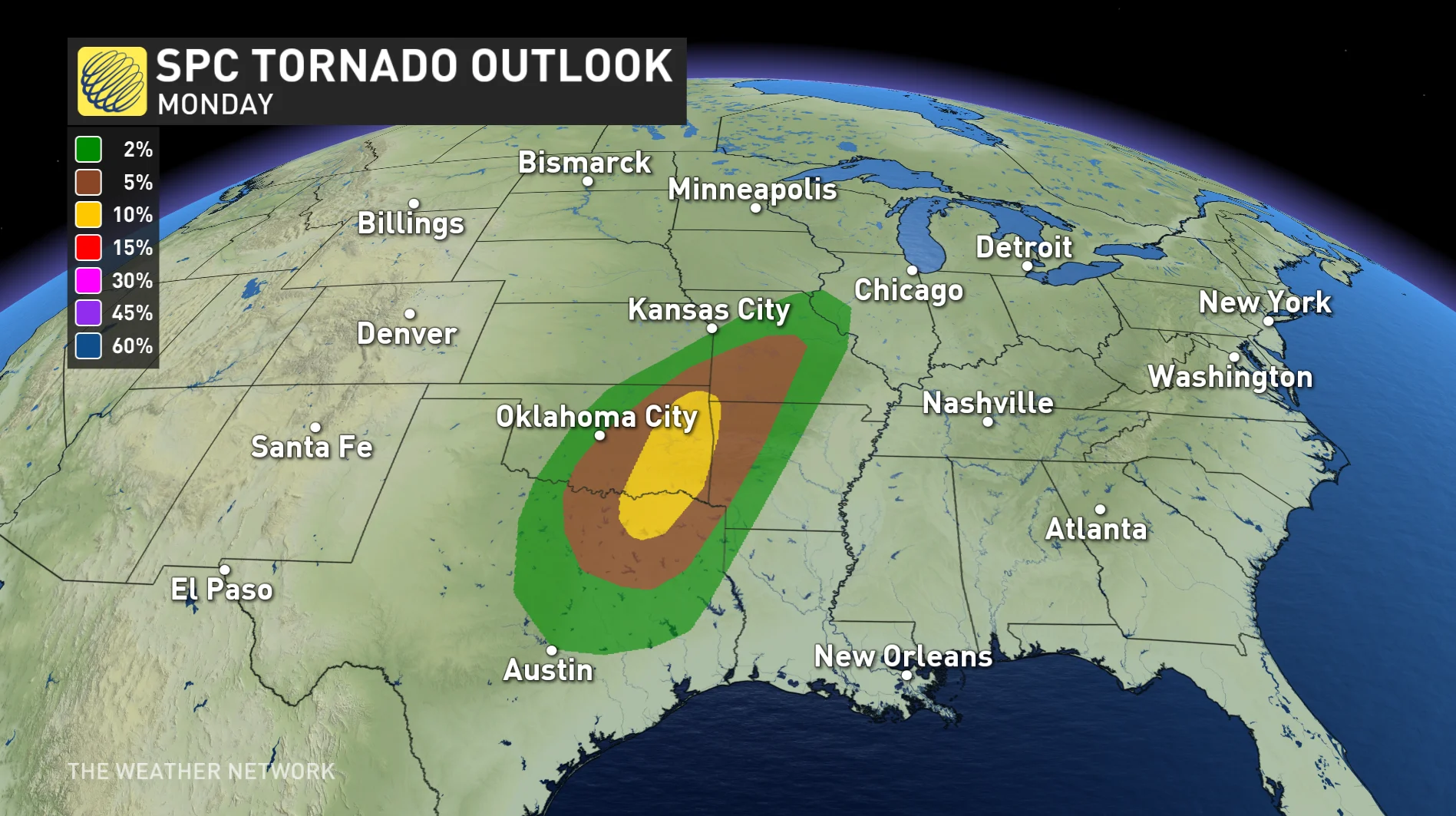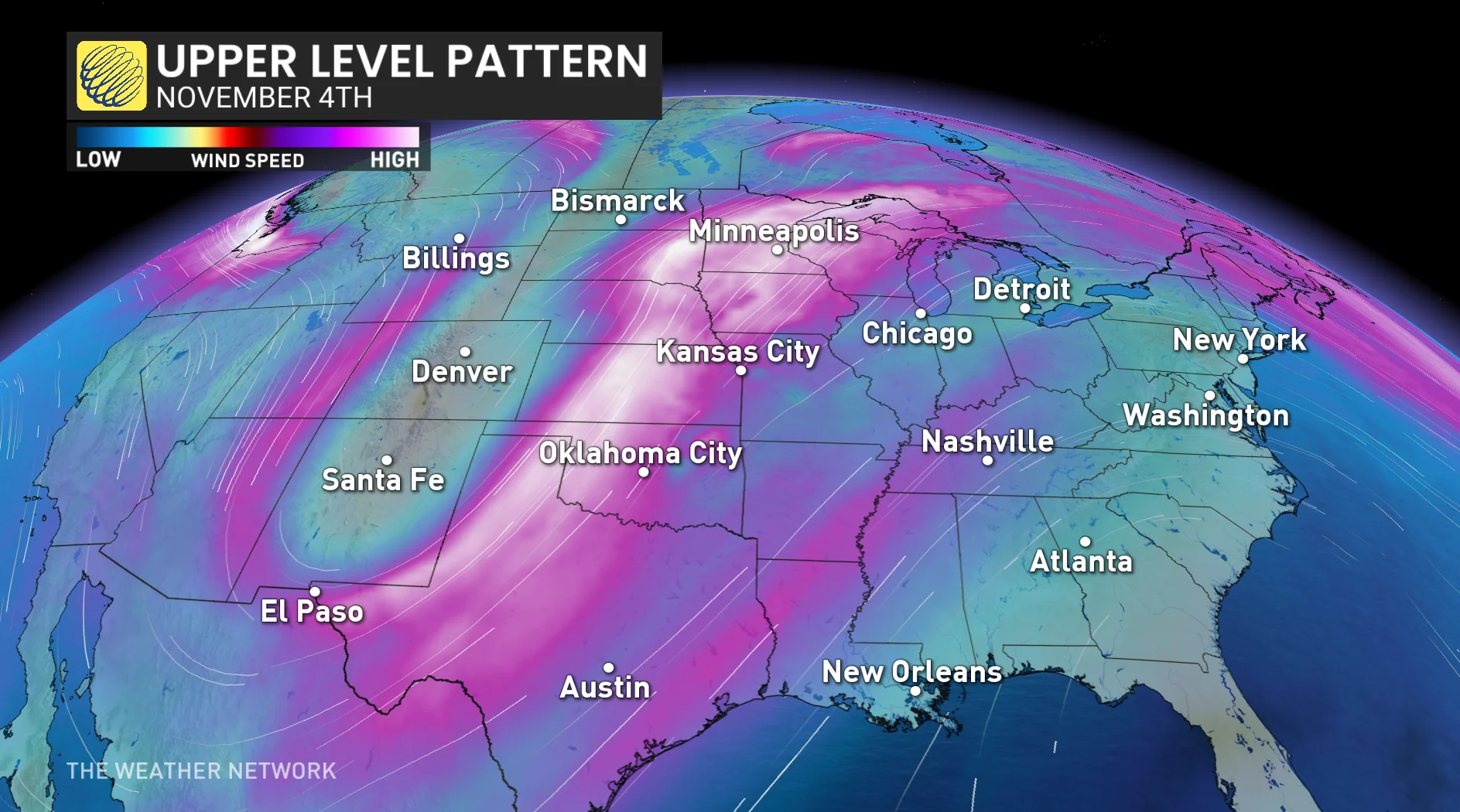
Strong tornadoes level homes in Oklahoma, more possible into Monday
An ongoing severe weather outbreak in the central U.S. caused significant damage near Oklahoma City early Sunday morning
A group of destructive tornadoes tore through central Oklahoma early Sunday morning as part of a larger severe weather outbreak plaguing the central United States to start November.
This weekend’s tornadoes kicked off the ‘second’ tornado season across the U.S., a period of enhanced severe thunderstorm activity in the fall when sprawling low-pressure systems frequently churn across North America.
DON'T MISS: ‘This is a tornado emergency’: How forecasters warn of grave danger
Violent tornadoes hit near Oklahoma City
The sun rose on Sunday to find significant damage to neighbourhoods outside of Oklahoma City, where a pair of violent twisters destroyed dozens of homes in the predawn hours on Sunday.

National Weather Service meteorologists surveyed the damage, which included flattened homes, lost roofs, collapsed walls, and major damage to trees and power lines. Despite the damage, officials reported no fatalities or life-threatening injuries in the aftermath of the storms.
One of the twisters in Harrah was a preliminary EF-3 with estimated winds in excess of 230 km/h. Another tornado produced “at least” EF-2 damage in the neighbourhood of Valley Brook, according to the NWS. A third storm produced an EF-1 tornado in the nearby community of Newcastle.
Severe weather continues Sunday
A strong Texas low barreling toward Ontario to start the week is responsible for the ongoing severe weather event in the central U.S.

MUST SEE: Don’t fall victim to these seven dangerous tornado myths
An enhanced risk for severe weather—a level three out of five—is in effect across portions of Oklahoma and Texas on Sunday and again heading into Monday.
Warm, humid air surging north from the Gulf of Mexico is providing ample fuel for thunderstorms to develop and thrive. Strong wind shear aloft will allow the strongest storms to develop into supercells capable of producing additional strong tornadoes.

This period of late autumn and early winter is known as a secondary tornado season across the southern half of the United States. Powerful storm systems churning across the centre of the country often produce favourable dynamics for robust severe thunderstorm outbreaks, especially in the southeastern states and along the Gulf Coast.
Canadians heading stateside this fall and winter are urged to keep the potential for severe thunderstorms in mind during their visits. Always have a way to receive severe weather alerts the moment they’re issued, and know what to do in the event a tornado warning is issued for your location.











